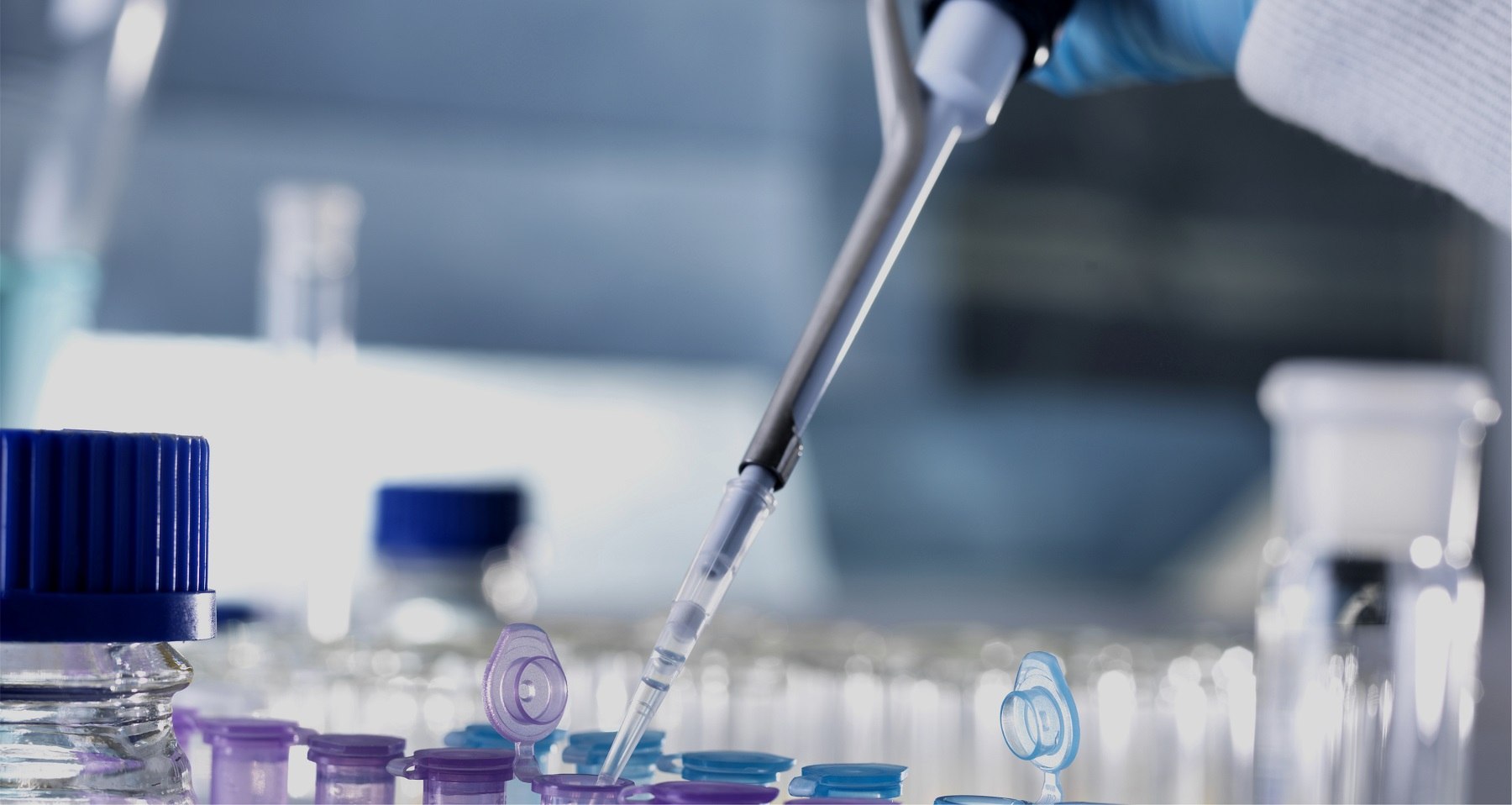We use cookies to understand how you use our site and to improve the overall user experience. This includes personalizing content and advertising. Read our Privacy Policy
- Home
- Therapeutic Areas
- Aging-Related Neurodegenerative Disease
- Aging-Related Cardiovascular Diseases
- Aging-Related Cerebrovascular Diseases
- Aging-Related Cancers
- Aging-Related Bone Diseases
- Aging-Related Liver Diseases
- Age-Related Macular Degeneration
- Age-Related Hearing Loss
- Age-Related Respiratory Diseases
- Age-Related Immune Dysfunction
- Aging-Related Metabolic Diseases
- Aging-Related Neurodegenerative Disease
- Technology Platforms & Expertise
- Aging Mechanism Analysis Services
- Telomere Biology Analysis in Aging Studies
- Mitochondrial Analysis Services During Senescence
- DNA Methylation Analysis in Aging
- Multi-Omics Analysis for Aging Biology
-
- DNA Methylation Analysis Services in Aging
- Age Prediction Based on DNA Methylation
- DNA Methylation Age Acceleration Analysis Services
- DNA Methylation Biomarkers Discovery for Aging-Related Diseases
- DNA Methylation Aging Clock Development Services
- Evaluation of Longevity Interventions Using DNA Methylation
- DNA Methylation Analysis Services in Aging
-
- Genomic Services for Aging Research
- Epigenetic Analysis Services in Aging
- Aging Transcriptomic Profiling Services
- Proteomic Profiling Services for Aging Research
- Immunomic Services for Aging Research
- Metabolomic Services for Aging Research
- Single-Cell Omic Services in Aging Processes
- Spatial Omics Services for Aging Research
- Integrated Aging Analysis Services Based on Omics Analysis
- Genomic Services for Aging Research
- Experimental Models
- Custom Biospecimen Services for Aging Research
- In Vitro Aging Model Customization Services
- In Vivo Aging Model Customization Services
- Longevity Model Customization Services
- Aging-Related Disease Model Customization Services
- Evaluation of Animal Models of Aging Research
-
- Yeast Aging Model Customization Services
- Roundworm Model Customization Services for Aging Research
- Planaria Model Customization Services for Aging Research
- Fruit Fly Model Customization Services for Aging Research
- Rodent Model Customization Services for Aging Research
- Non-human Primate Model Customization Services for Aging Research
- Fish Model Customization Services for Aging Research
- Contract Research Services
- Anti-Aging Drug Discovery Services
- Preclinical Development Services for Anti-Aging Drugs
- Diagnostic Development Services for Age-Related Diseases
- Anti-Aging Healthcare R&D Services
- Anti-Aging Skincare R&D Services
-
- By Drug Type
- Senolytic Drug Discovery Services
- Senomorphic Drug Discovery Services
- Calorie Restriction Mimetic Discovery Services
- Autophagy Inducer Discovery Services
- Anti-Inflammaging Drug Discovery Services
- Antioxidant Discovery Services
- Telomerase Activator Discovery Services
- Mitochondrial Modulator Discovery Services
- Protein Kinase Modulator Discovery Services
- Epigenetic Drug Discovery Services
- By Drug Type
- Resource
- Company



